Four Camera Brands Are Put to the Test—Which Is the Best for Filmmakers?
Sony, Panasonic, Canon, and Blackmagic Design are pitted against each other.
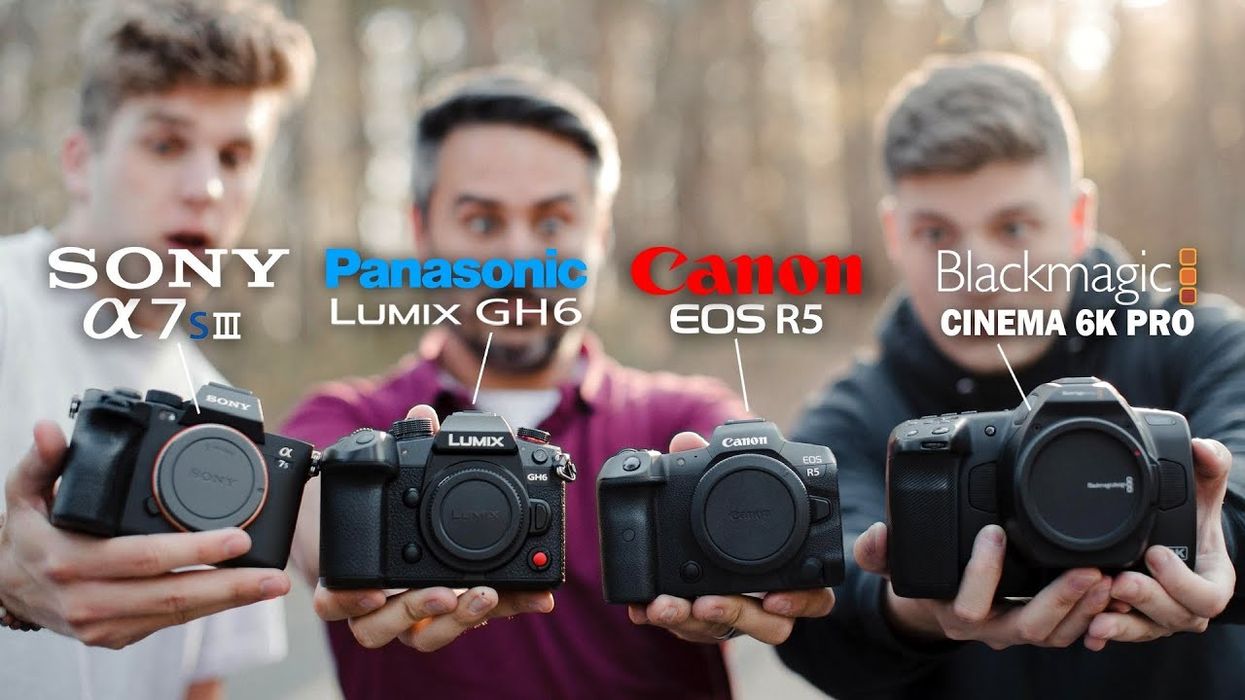
And we dug through the results to see which is the best for making movies and tell you why it may not even matter.
There are so many different cameras available—cinema, mirrorless, hybrid, ENG, action, and mobile—that it can sometimes be confusing what the best and most important features are, especially for filmmakers. That’s where camera shootouts can help you decide which kit is best for your project, especially if you're on a tight budget.
A recent "Ultimate Camera Brand Shootout" from Tomorrow’s Filmmakers compared the features of three mirrorless and one cinema camera to see which one filmmakers can rely on. On top of that, they all sit well under $4,000. Check out their video.
The Camera Showdown
The chosen cameras for this shootout were the Canon EOS R5, the Blackmagic 6K Pro, the Sony a7S III, and the Panasonic LUMIX GH6. While some of them are newer, specifically the GH6, there are strong differences between the brands that make it hard to choose one over the other without a deeper dive.
The lads of Tomorrow’s Filmmakers tested each camera with a lens equivalent to a 24-70mm (the GH6 used a 12-35mm f/2.8 for example). They also made it clear that their shootout was specifically for filmmakers and not those looking to use the cameras for other purposes, particularly photography. So what variable did they compare?
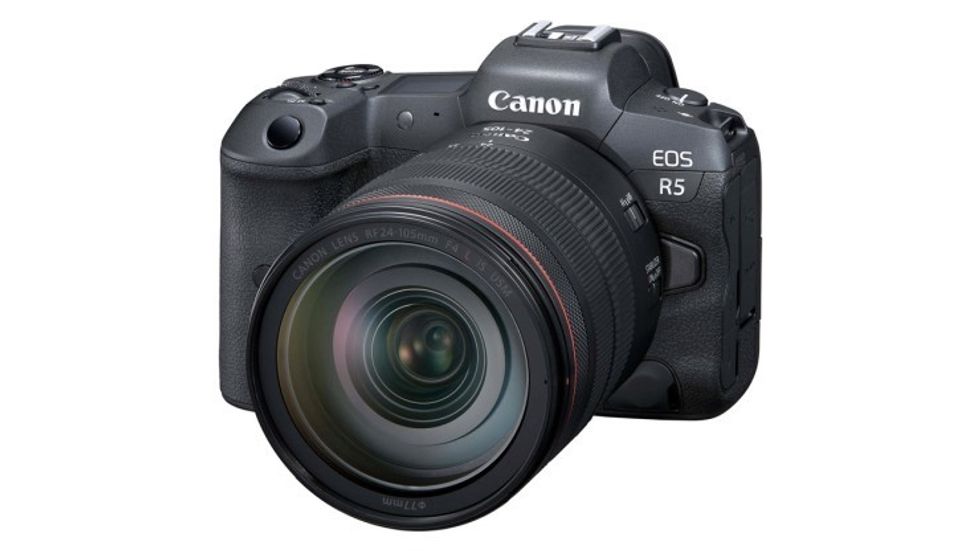
Point of Interest
- Pricing (without lens).
- Overall design, including how the camera feels in one’s hands, on a tripod, gimbal, etc.
- Sensors
- Dynamic range
- Color science
- Low light performance
- Stabilization
- Resolution and frame rate
- How easy or tricky it is to use the menu
- Autofocus, which has come a long way and is much more powerful than ever before
Their Top Camera
Tomorrow's Filmmakers named the Sony a7S III their top camera, followed by the Canon EOS R5, Panasonic LUMIX GH6, and the Blackmagic Pocket 6K Pro. It seems like Sony is having all sorts of wins these days.
Let’s briefly break down each camera based on the above criteria to see how they got to that point. Note, all but the Blackmagic camera have 5-axis in-body image stabilization or IBIS. The Pocket 6K Pro has no stabilization but has recently had its gyro metadata unlocked,which will help with stabilization in DaVinci Resolve
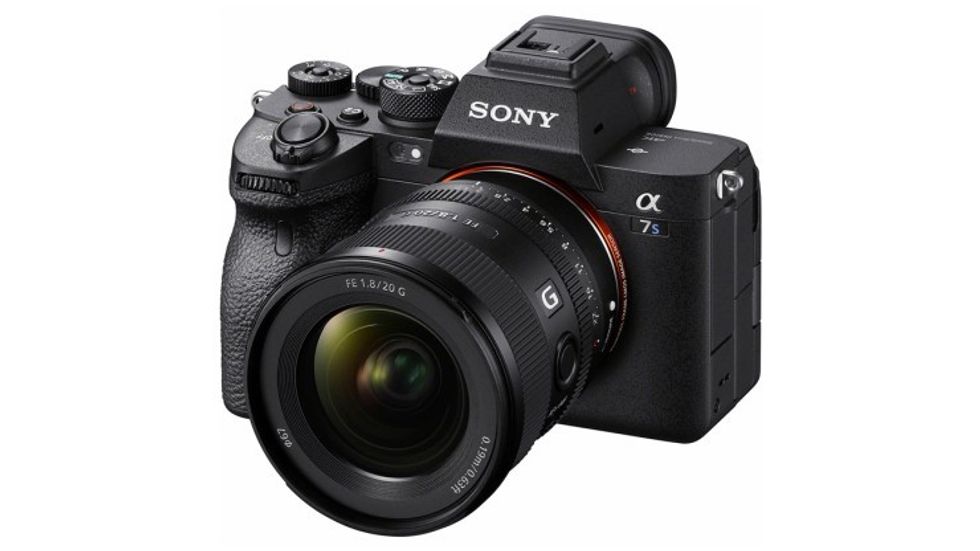
- Sony a7S III: $3,500, 12 MP full-frame sensor, 10-bit 4K up to 120 fps (internal), average build and feel, menus are somewhat easy to navigate, excellent autofocus, dynamic range, color science, and low light performance.
- Canon EOS R5: $3,900, 45 MP full-frame sensor, 12-bit 8K RAW up to 24 or 30 fps (10-bit 4K up to 120 fps), excellent build and feel, menus are easy to navigate, fantastic autofocus, dynamic range, and color science. Decent low light performance.
- Panasonic LUMIX GH6: $2,200, 25.2 MP Micro Four Thirds sensor, 10-bit ProRes 5.7K up to 30 fps (or 10-bit up to 60 fps without ProRes), average build and feel, menus are difficult to navigate, good autofocus, excellent dynamic range, color science, and low light performance.
- Blackmagic Pocket 6K Pro: $2,500, 6K super 35mm sensor, 6K up to 50 fps (60 fps at 2.41:1 aspect ratio), excellent build and feel (but larger than expected), menus are super easy to navigate, decent autofocus, and excellent dynamic range and color science. Also has decent low light performance.
What We Think
So after this complete comparison of the four cameras, it seems like the Sony a7S III is a popular and versatile camera for filmmakers. It is priced just below the Canon R5 at $3,500 and checks a lot of boxes, especially for solo shooters.
Meanwhile, the R5 is an 8K camera that should be future-proofed as 8K slowly becomes more popular in acquisition. Just keep in mind the overheating issues that may arise from shooting in such high quality.
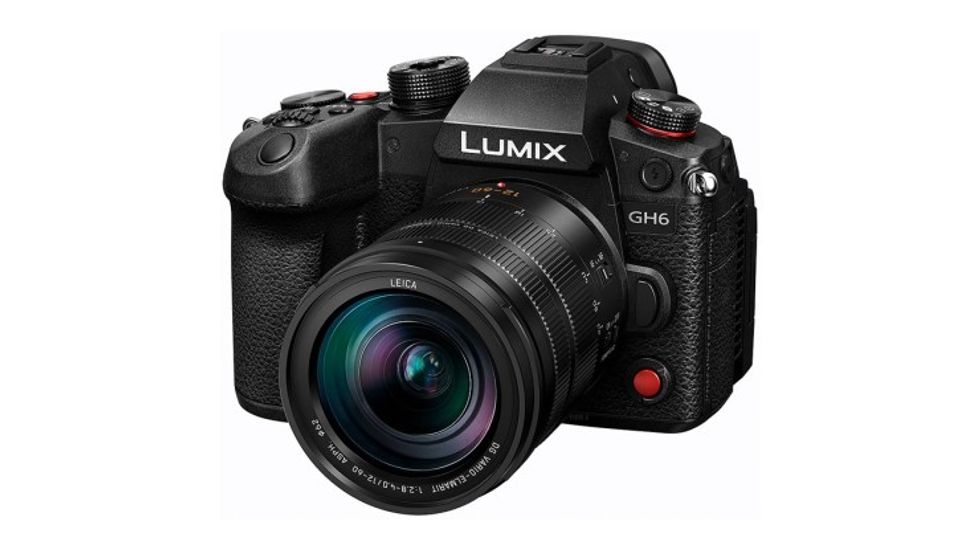
But we got to thinking, and we have some thoughts of our own. Both the Blackmagic Pocket Pro 6K and Panasonic LUMIX GH6 (Micro Four Thirds) cost about $1,000 less and could be more attractive to filmmakers looking to save some money to buy lenses and other accessories.
The recent GH6 RAW update is promising, even though some other issues persist.
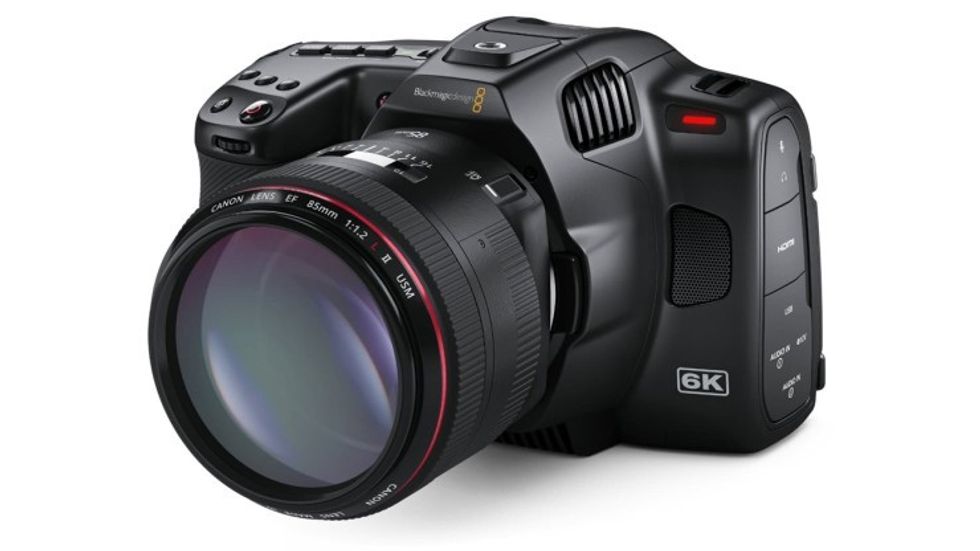
For $2,500, the Blackmagic Pocket 6K Pro—minus lenses—may also be a great choice for most filmmakers, with a competitive price point, traditional cinema sensor size, a 6K resolution, super easy-to-use menus, and now the gyro stabilization.
The only downside is a slightly larger body size that can be a little clunky to rig out. This is also one of two cameras in this shootout that can record internal RAW, which comes in BMD's proprietary format that works perfectly in DaVinci Resolve.
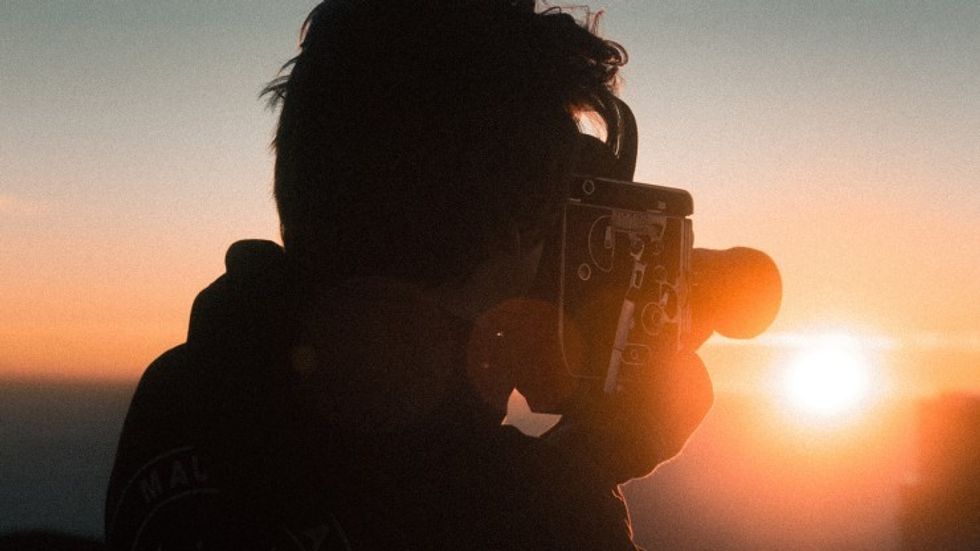
Now Forget Everything You Just Read
To borrow a nugget of wisdom from screenwriters, listen to the note and nod, then do whatever you want.
Here's our unsolicited advice. Go with the camera that fits your budget and checks all the boxes that you're looking for, and do not get caught up in the technology. Many filmmakers and cinematographers have been convincing themselves the latest and greatest would make their films look better (including this author). So unless you have a specific exhibition in place for your project, your camera should only be defined by what you can afford.
At the end of the day, any of the cameras listed above have features that will last for years and at a price point that won’t crush your budget. Some of our writers who make films still shoot on 10-year older cameras like the original BMPCC. Ultimately, your gear should only inspire you to create, not bog you down in specs.
So let us know in the comments which camera you think is ideal for filmmakers. Maybe your choice even shoots on film!
Check out weekly specials, deals, and rebates: Pro Video Gear, Pro Audio Gear, Lighting
Source: Tomorrow's Filmmakers













